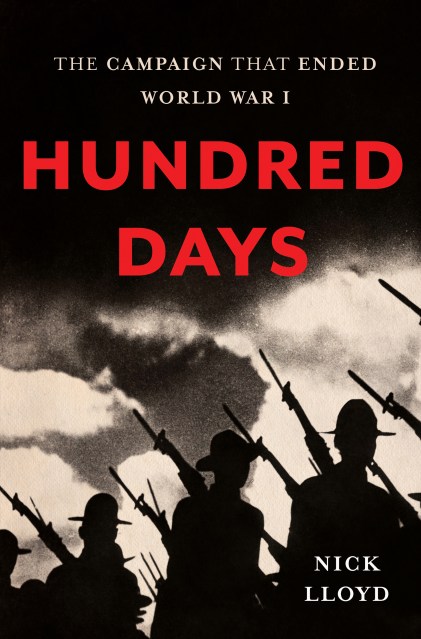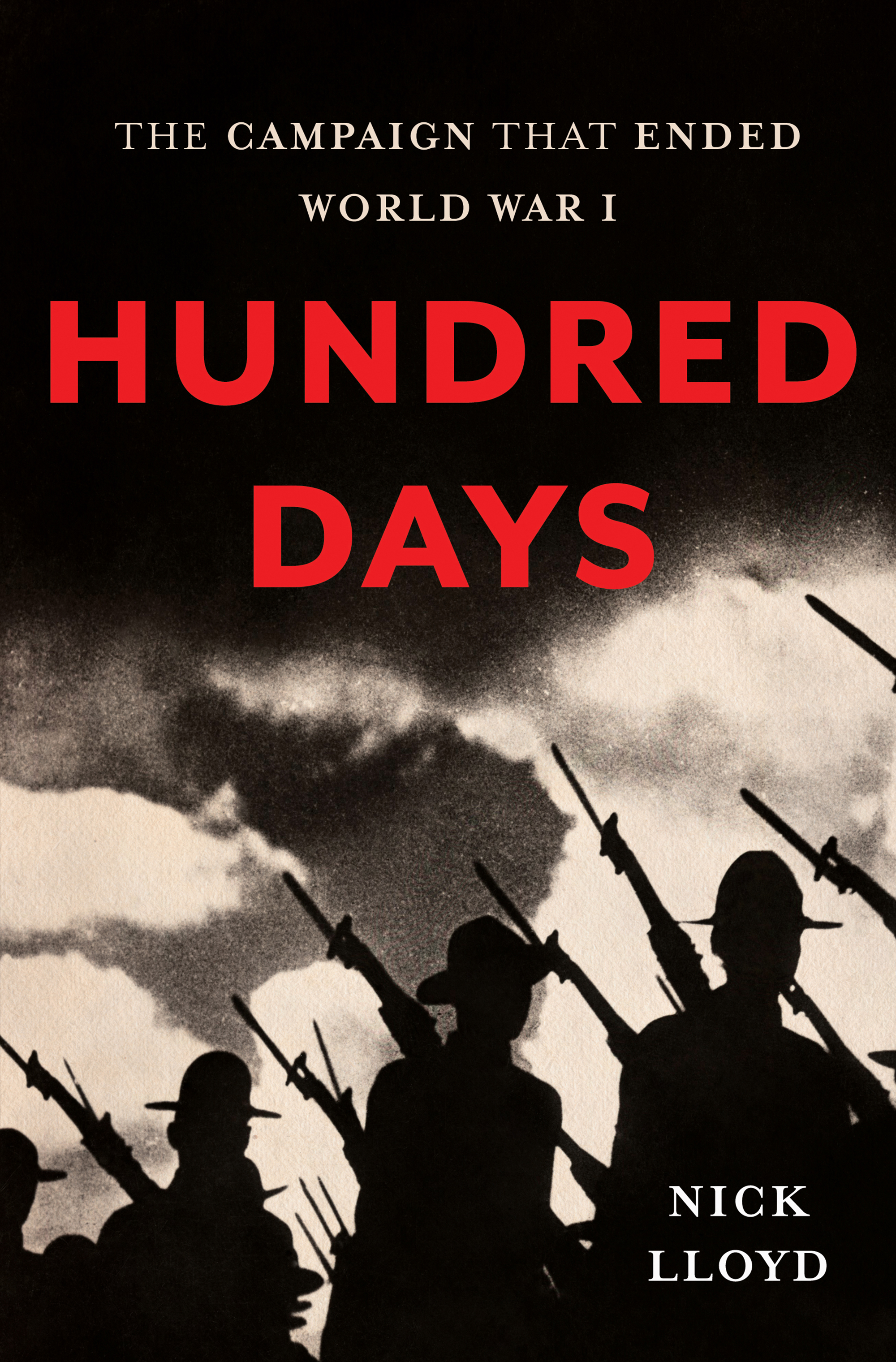Promotion
Use code MOM24 for 20% off site wide + free shipping over $45
Hundred Days
The Campaign That Ended World War I
Contributors
By Nick Lloyd
Formats and Prices
Price
$20.99Price
$26.99 CADFormat
Format:
- ebook $20.99 $26.99 CAD
- Hardcover $40.00 $50.00 CAD
This item is a preorder. Your payment method will be charged immediately, and the product is expected to ship on or around January 28, 2014. This date is subject to change due to shipping delays beyond our control.
Also available from:
In Hundred Days, acclaimed military historian Nick Lloyd leads readers into the endgame of World War I, showing how the timely arrival of American men and materiel-as well as the bravery of French, British, and Commonwealth soldiers-helped to turn the tide on the Western Front. Many of these battle-hardened troops had endured years of terror in the trenches, clinging to their resolve through poison-gas attacks and fruitless assaults across no man’s land. Finally, in July 1918, they and their American allies did the impossible: they returned movement to the western theater. Using surprise attacks, innovative artillery tactics, and swarms of tanks and aircraft, they pushed the Germans out of their trenches and forced them back to their final bastion: the Hindenburg Line, a formidable network of dugouts, barbed wire, and pillboxes. After a massive assault, the Allies broke through, racing toward the Rhine and forcing Kaiser Wilhelm II to sue for peace.
An epic tale ranging from the ravaged fields of Flanders to the revolutionary streets of Berlin, Hundred Days recalls the bravery and sacrifice that finally silenced the guns of Europe.
Genre:
- On Sale
- Jan 28, 2014
- Page Count
- 384 pages
- Publisher
- Basic Books
- ISBN-13
- 9780465074907
Newsletter Signup
By clicking ‘Sign Up,’ I acknowledge that I have read and agree to Hachette Book Group’s Privacy Policy and Terms of Use







